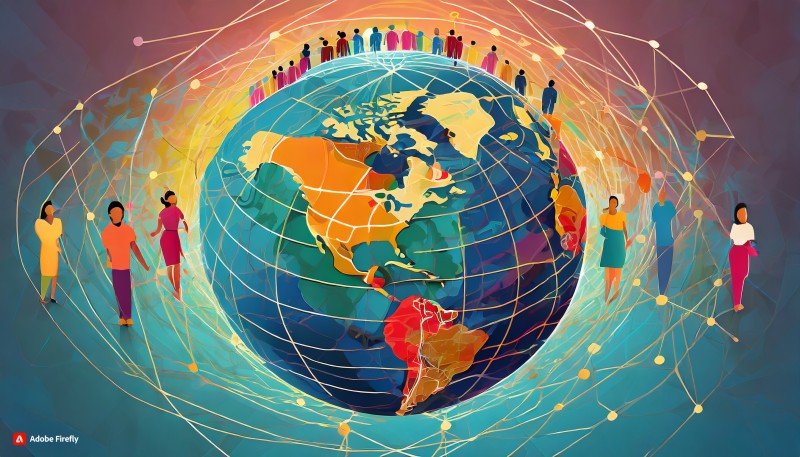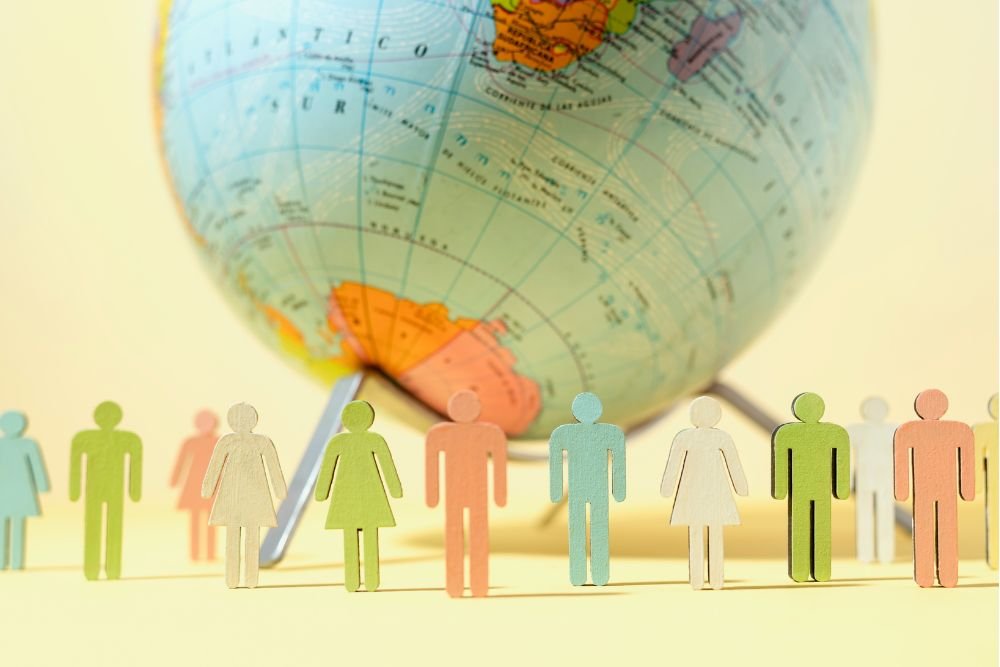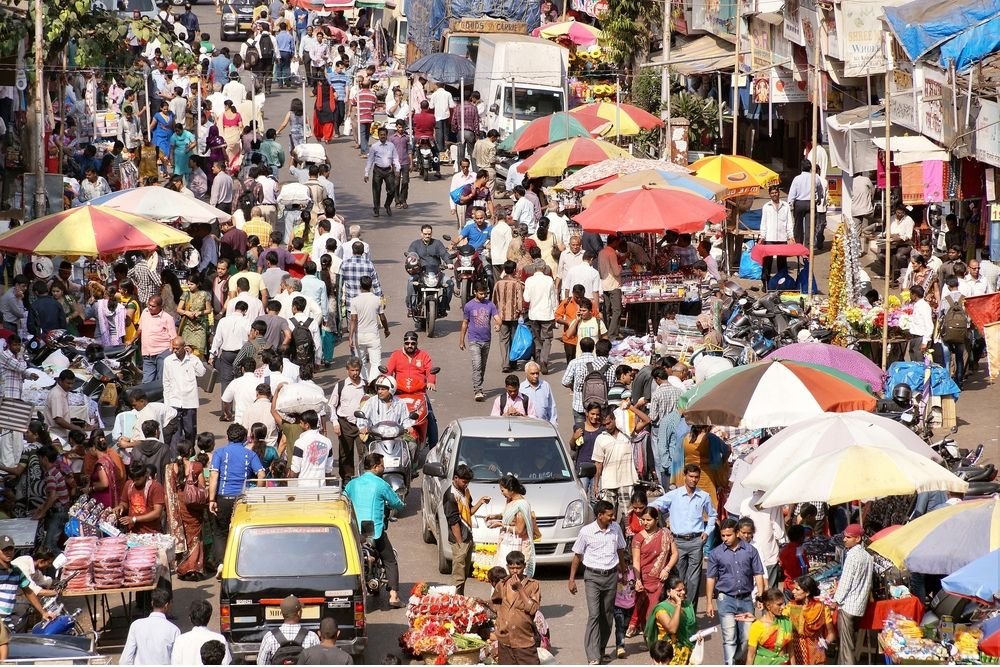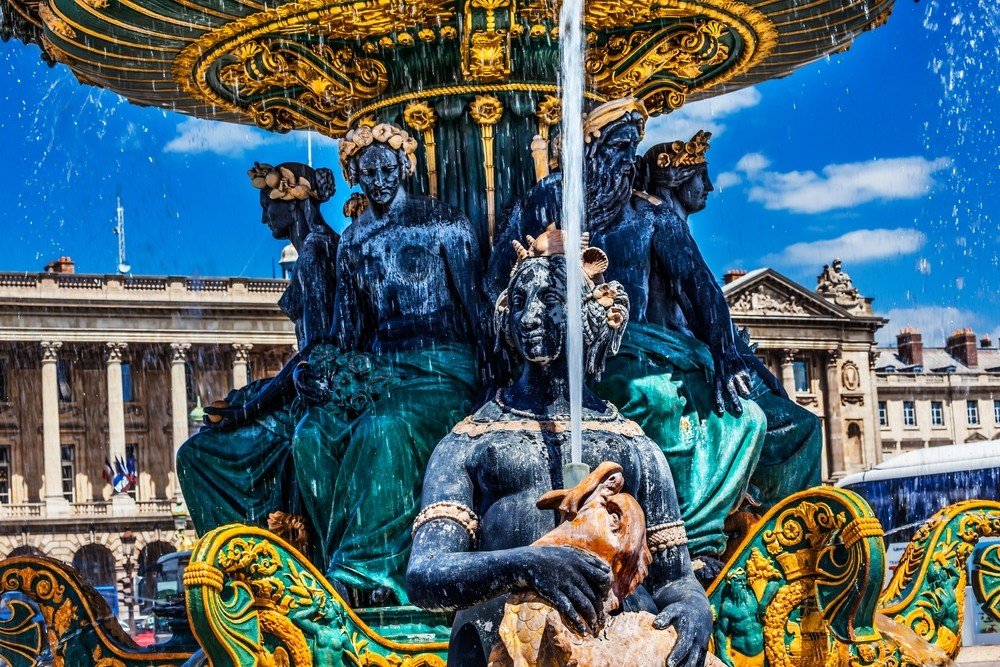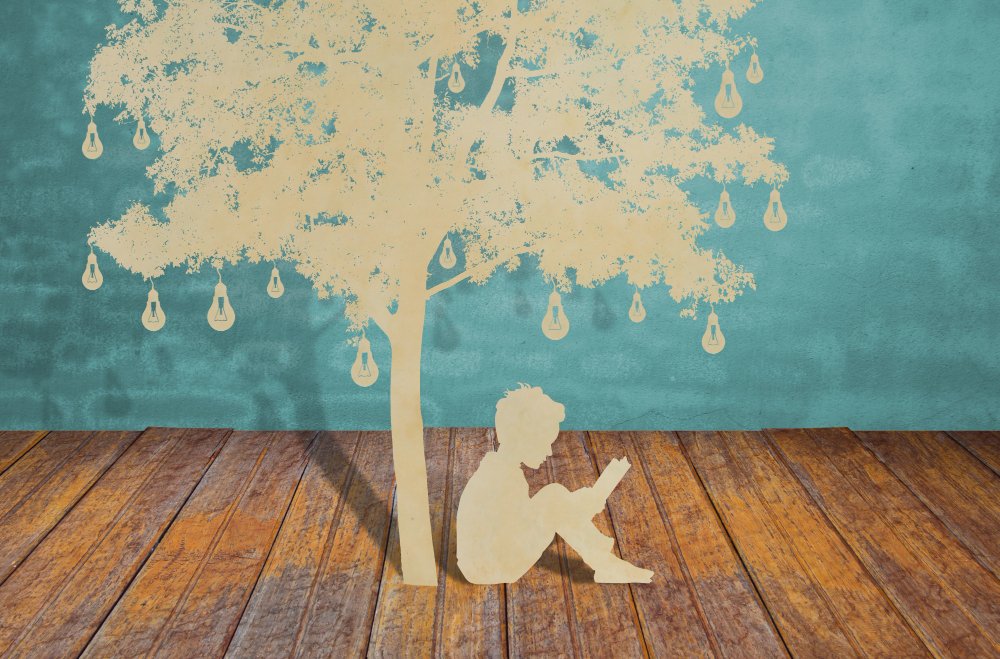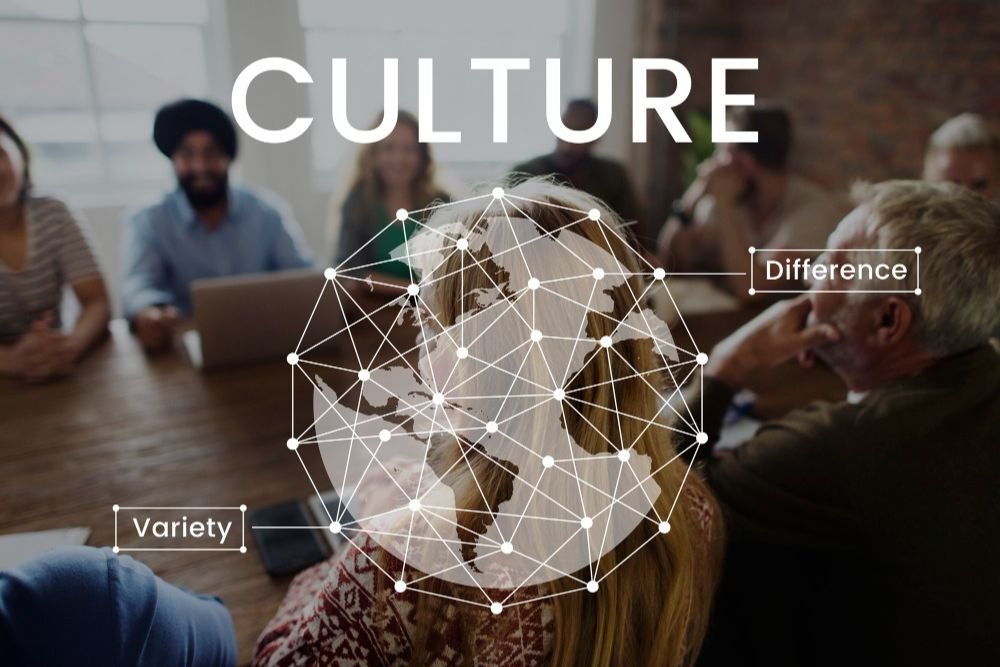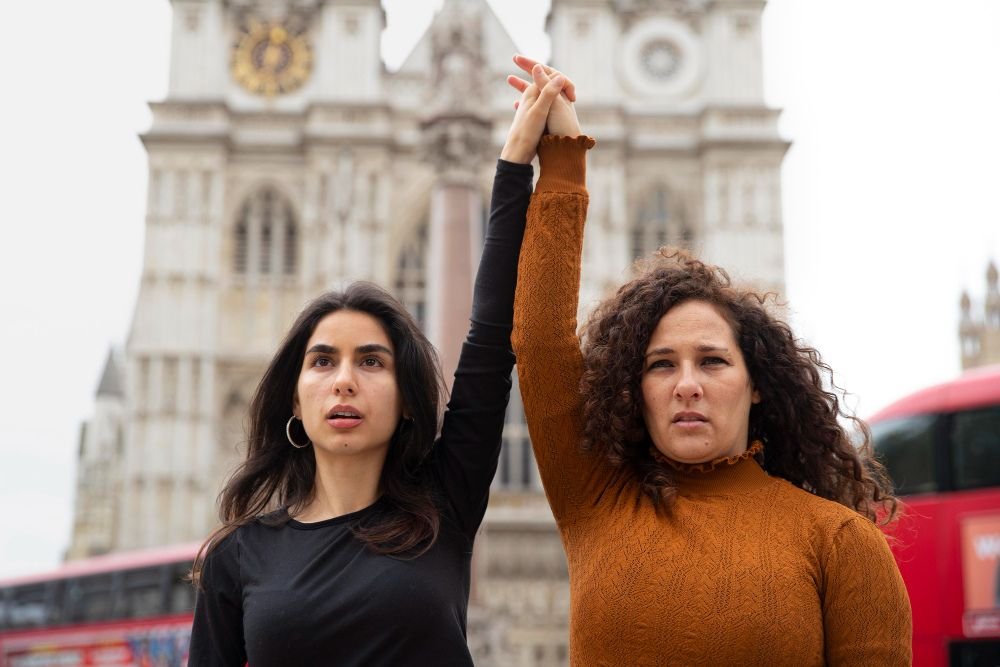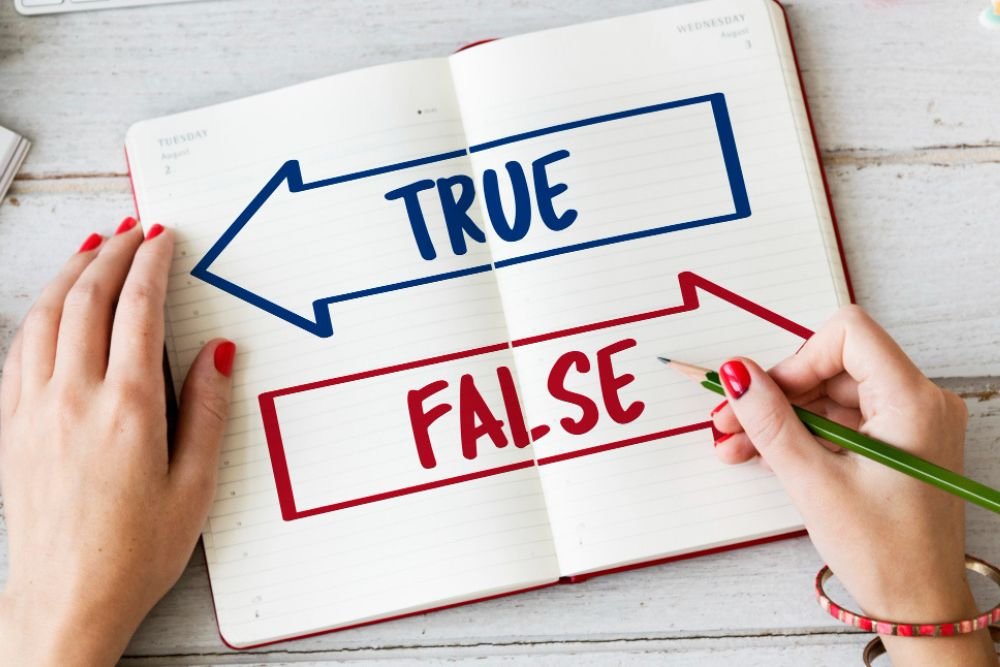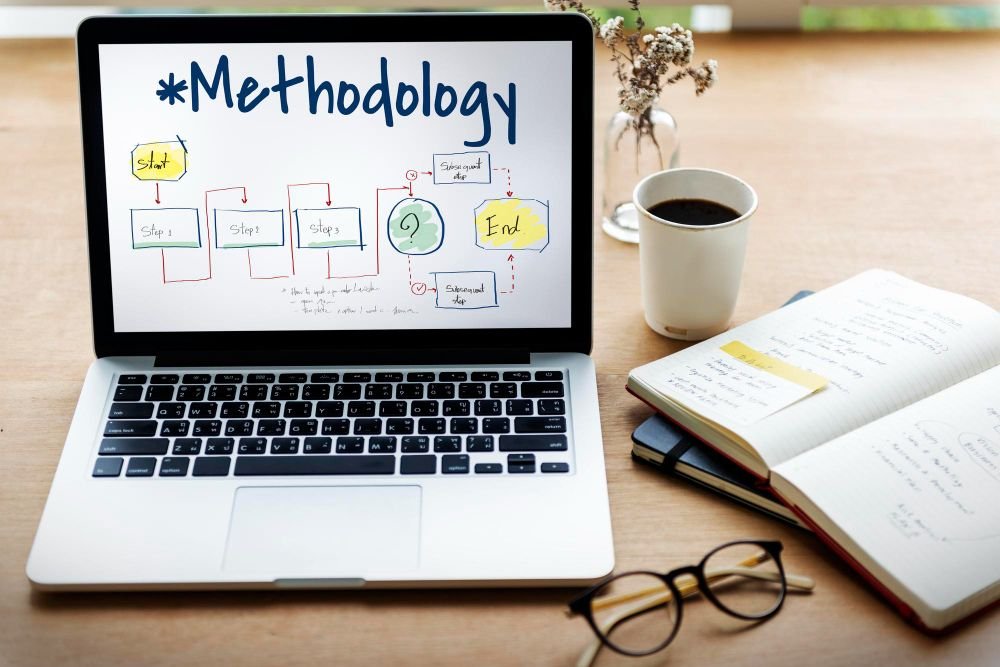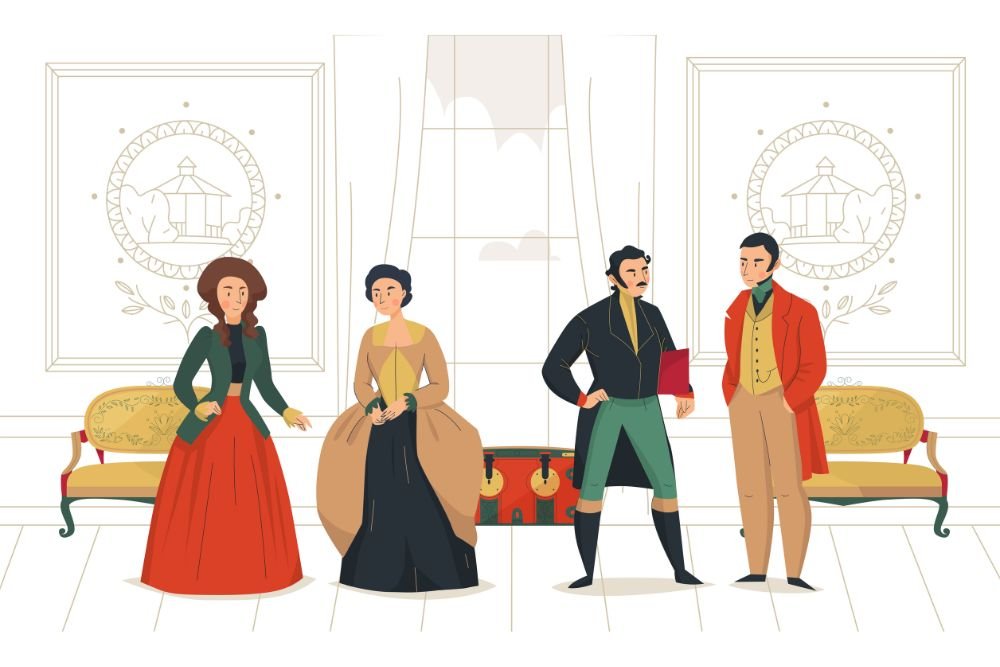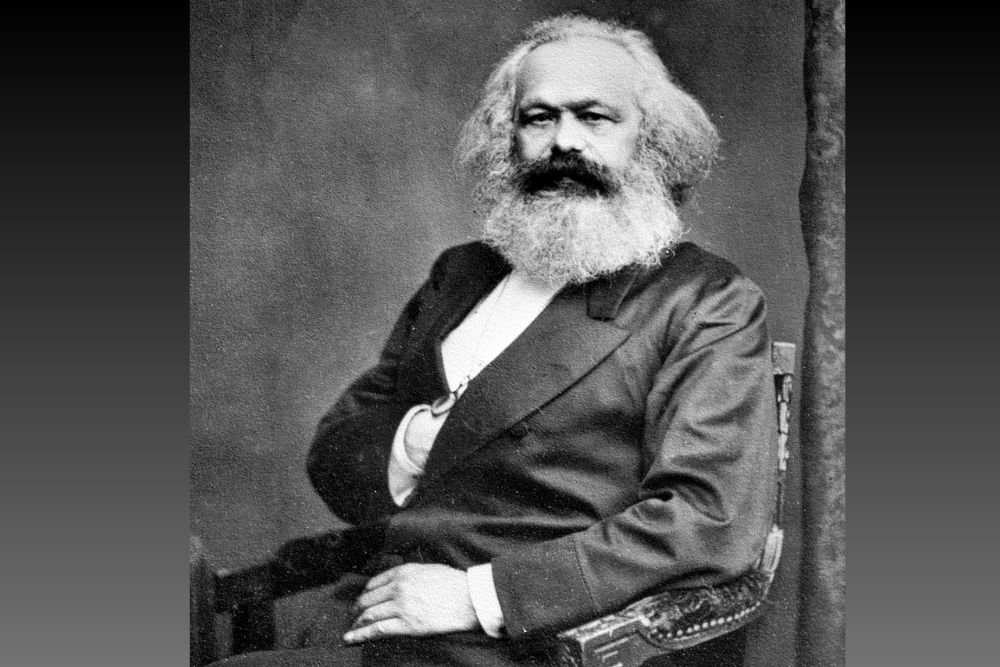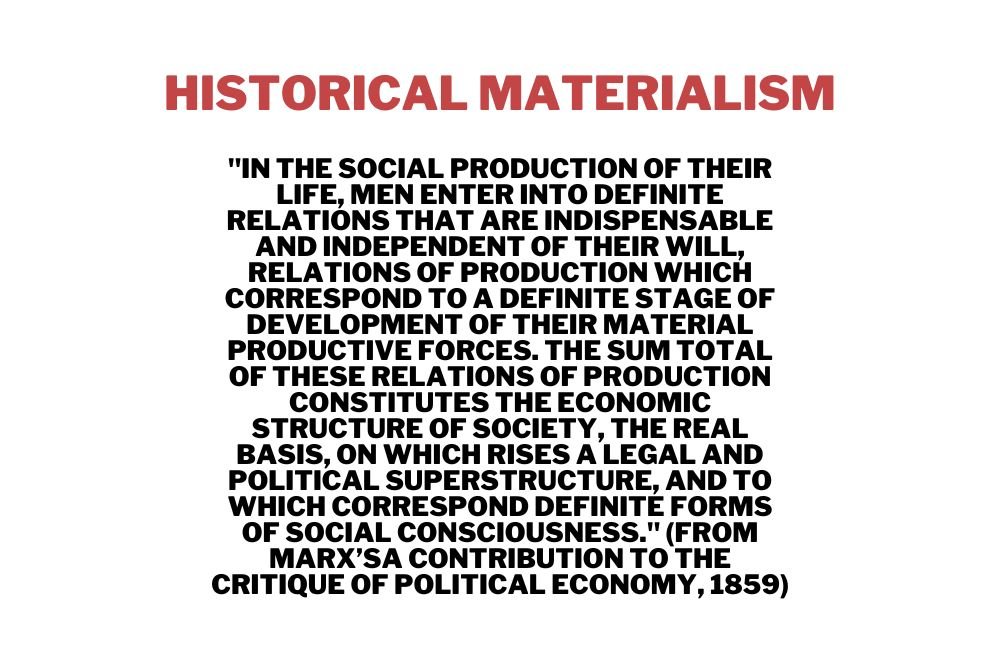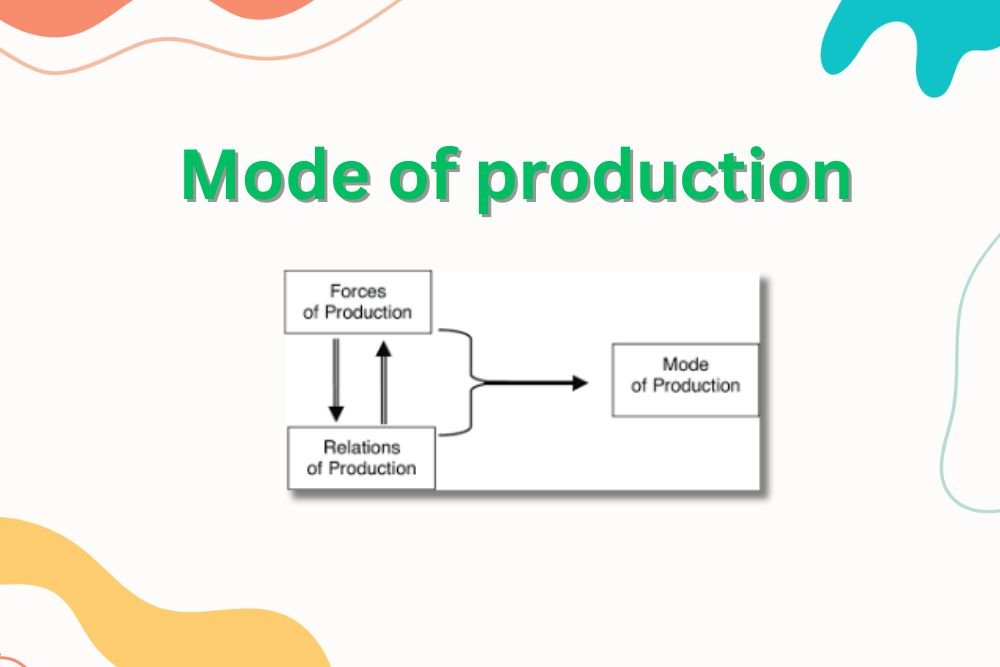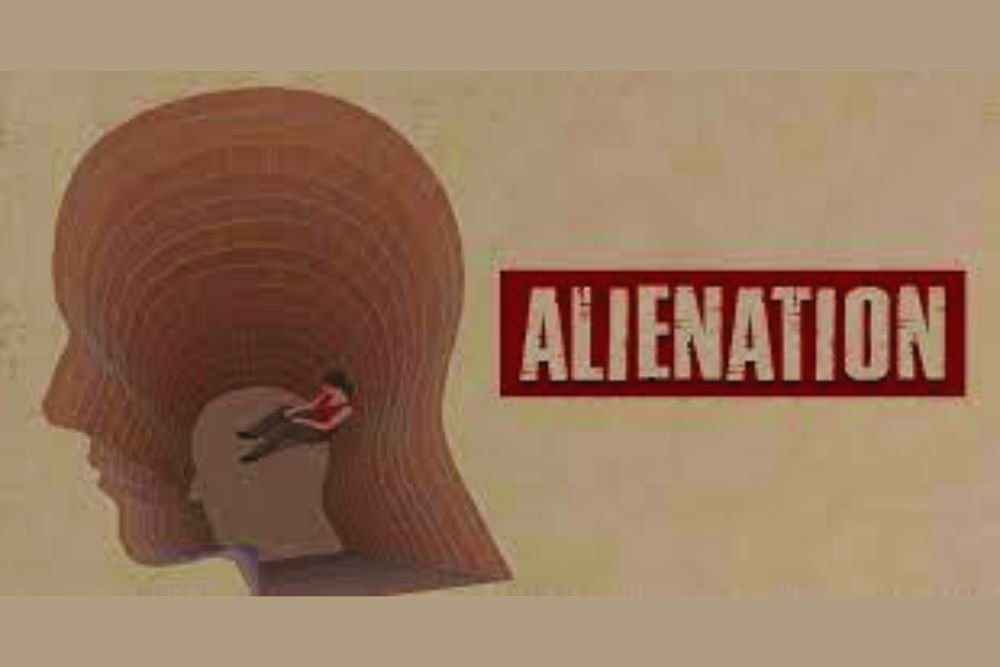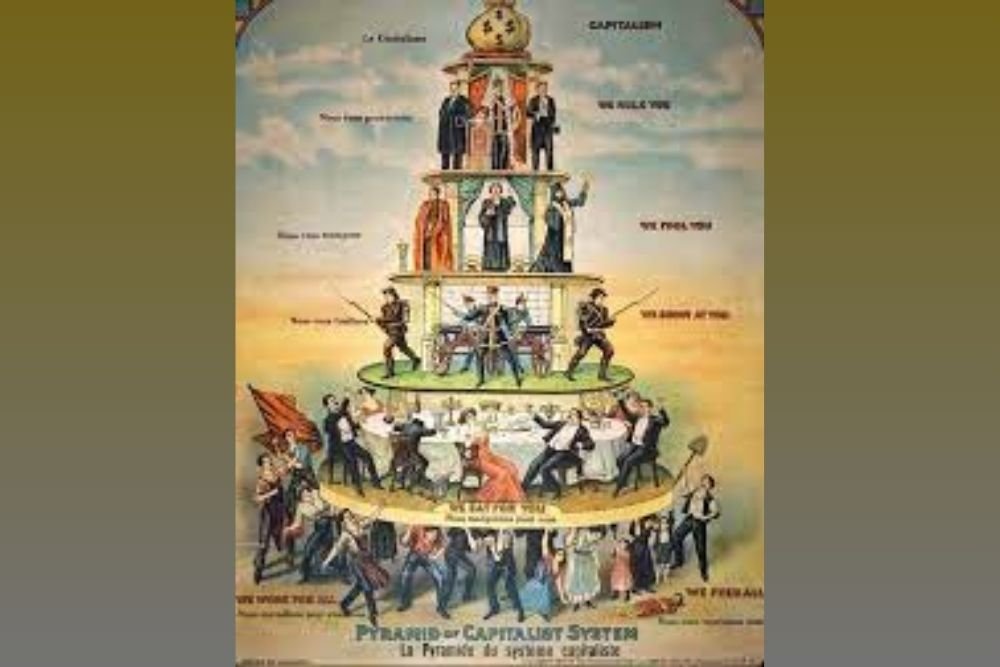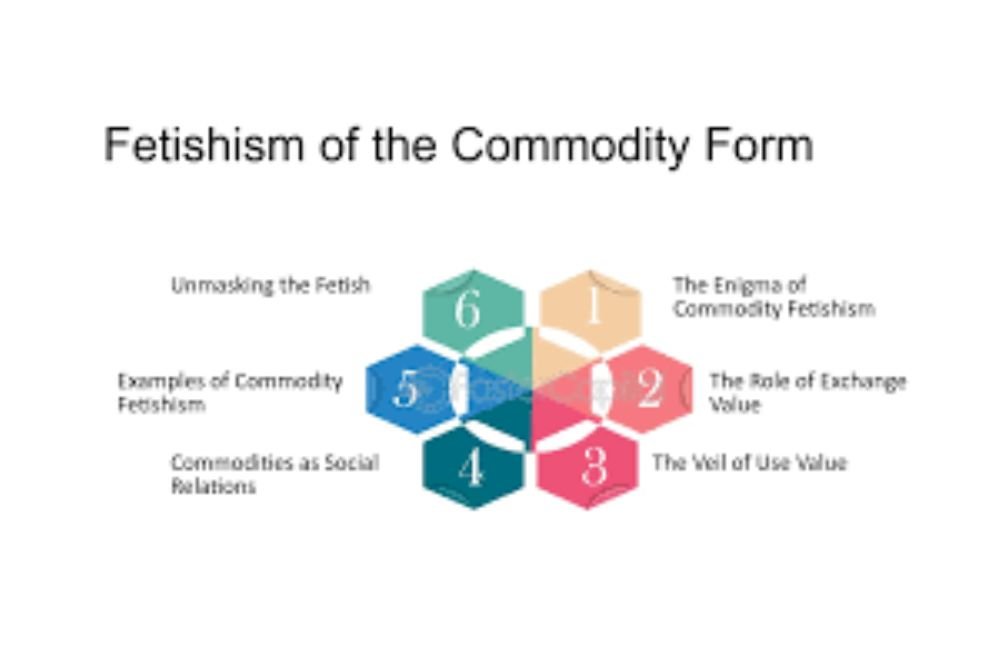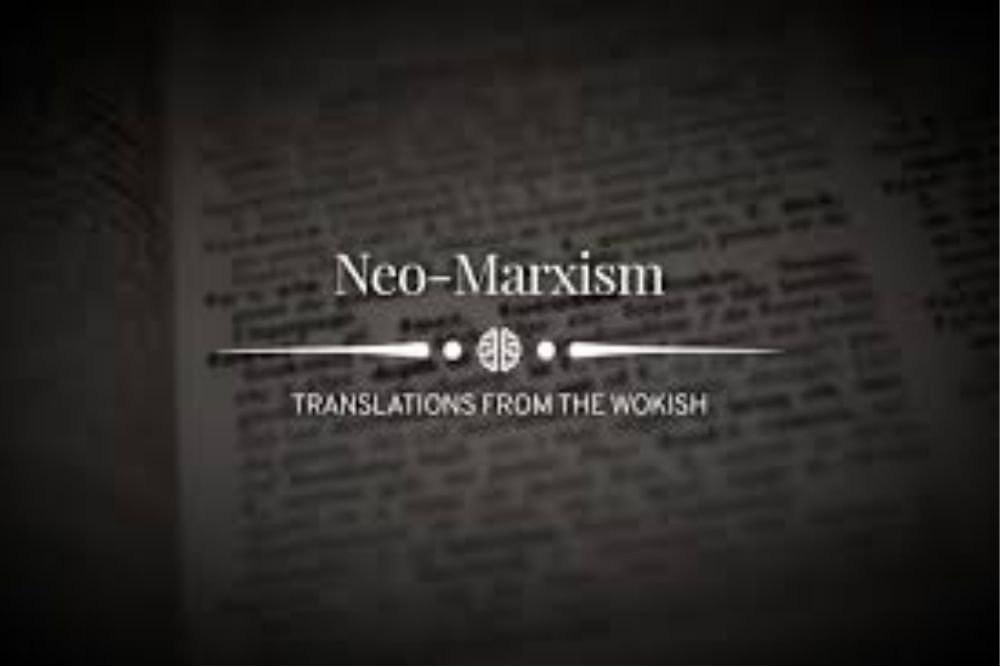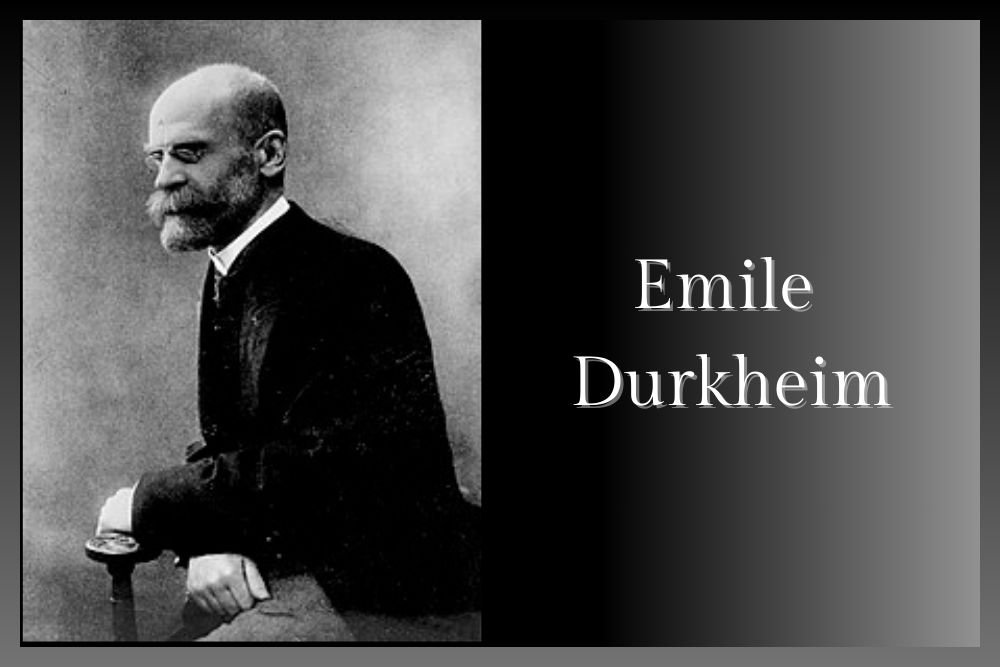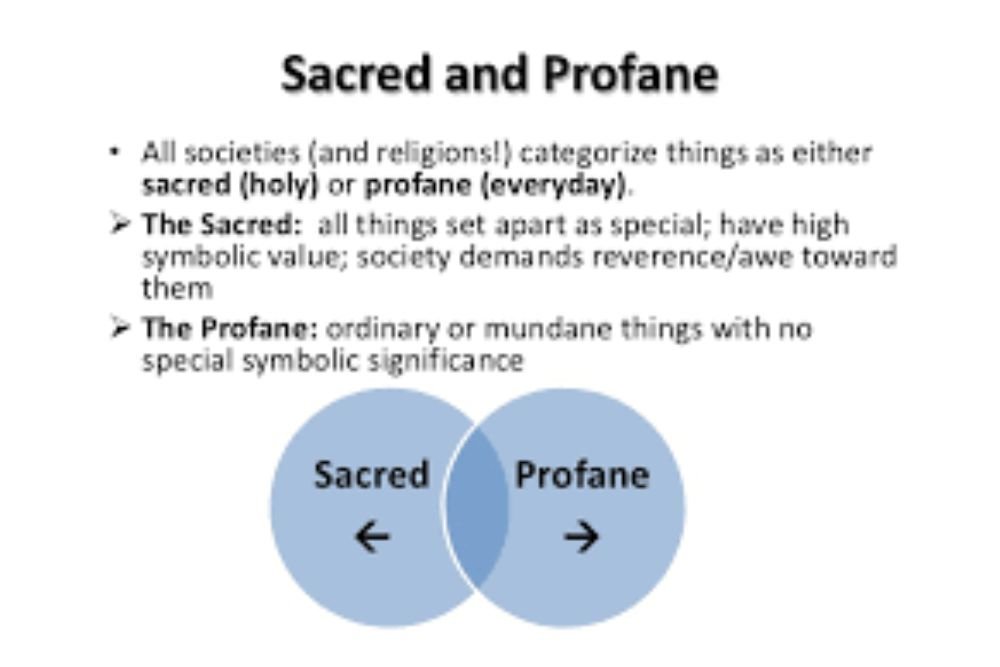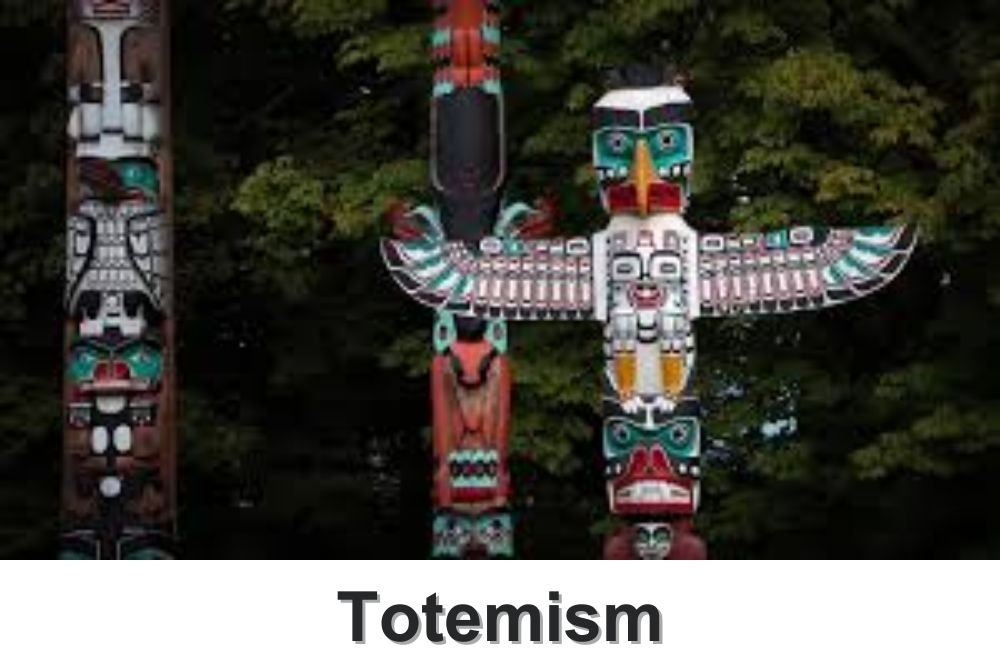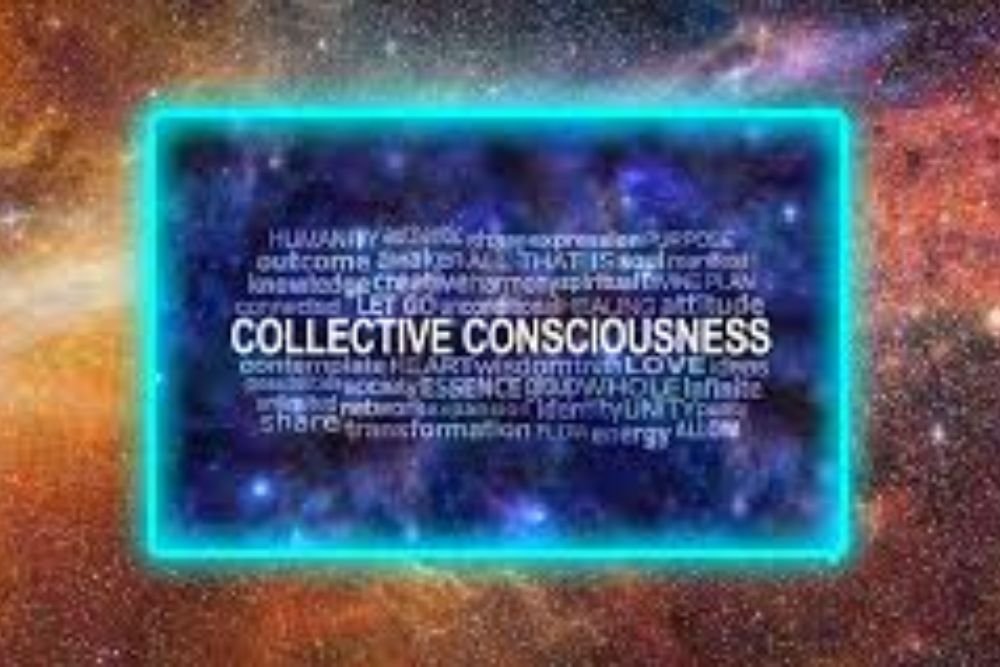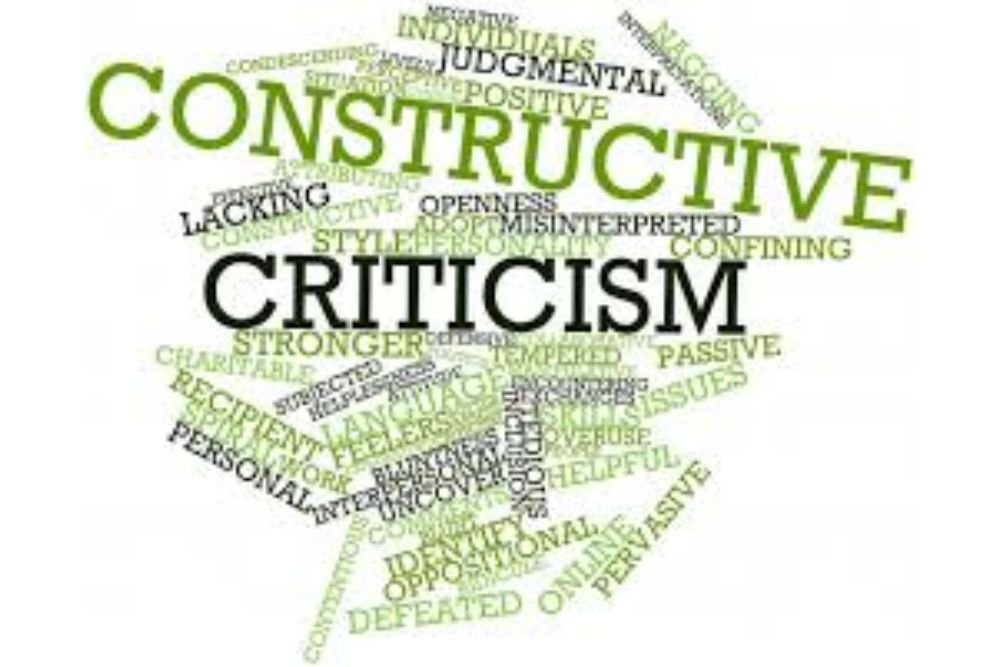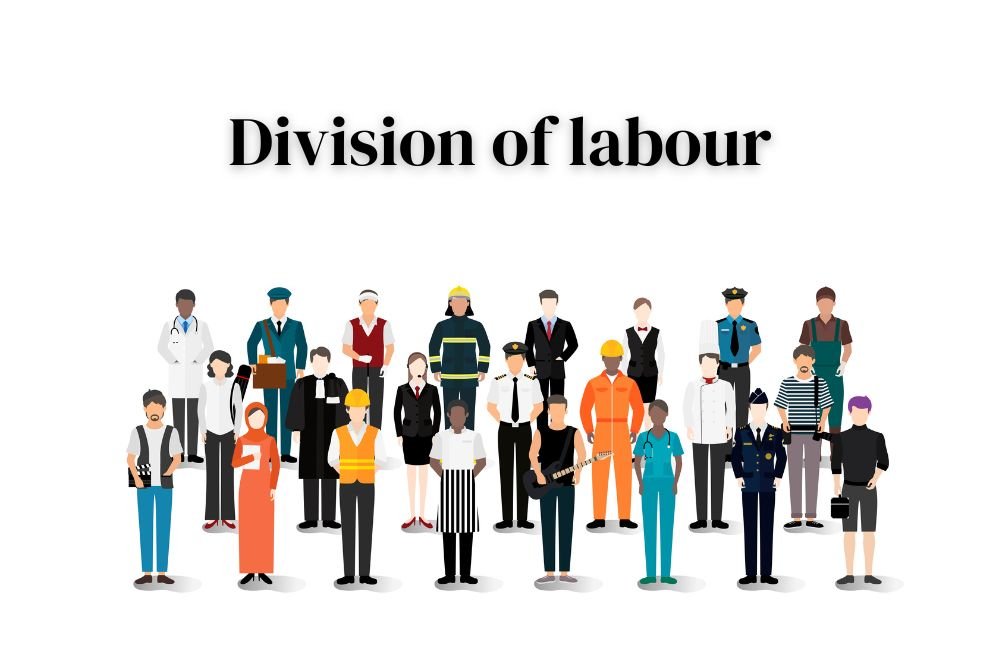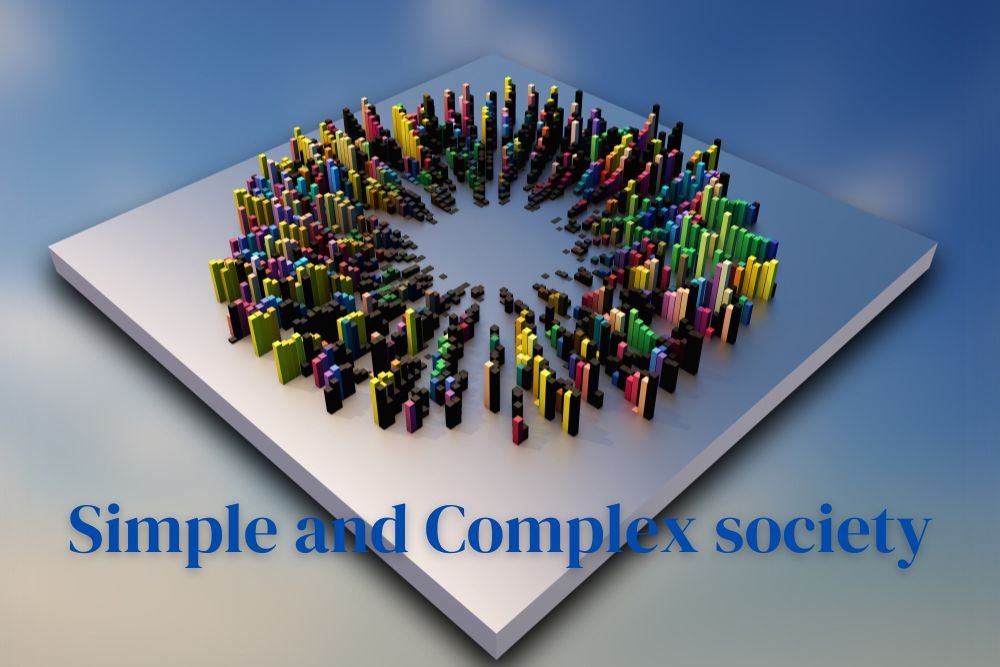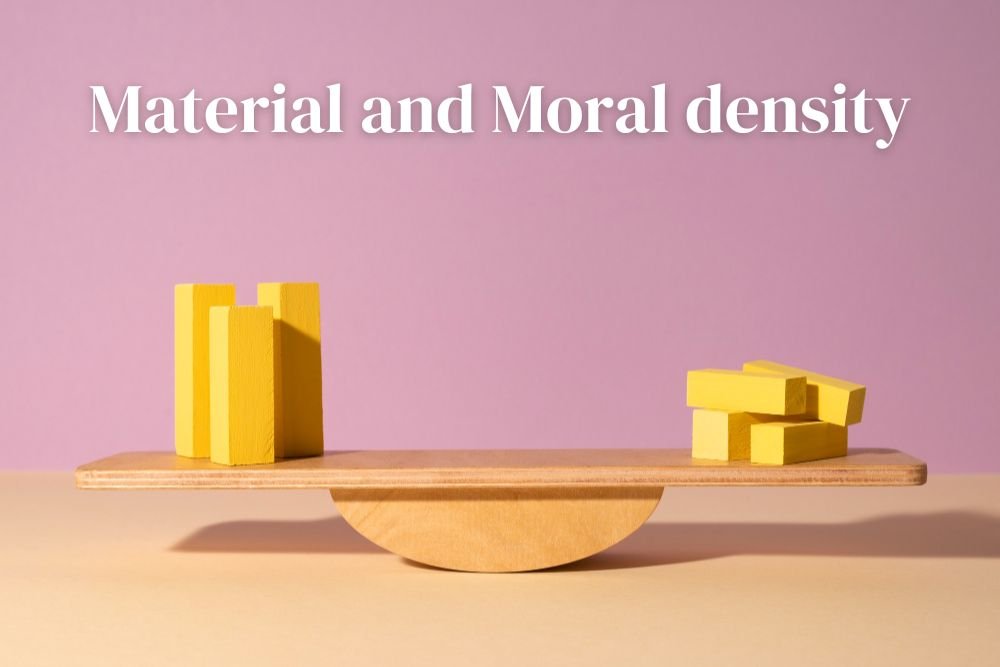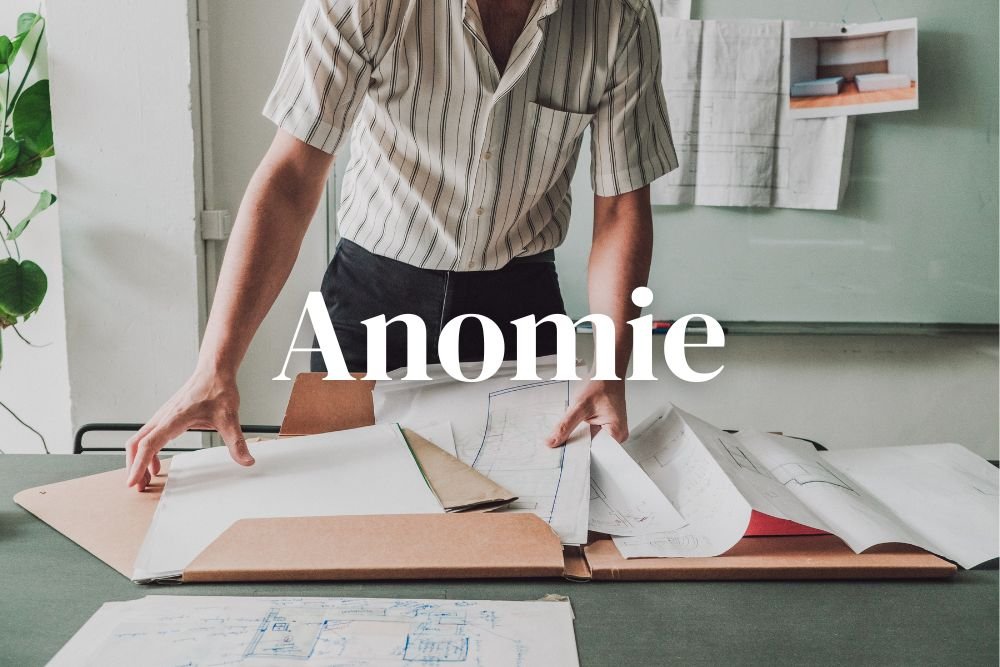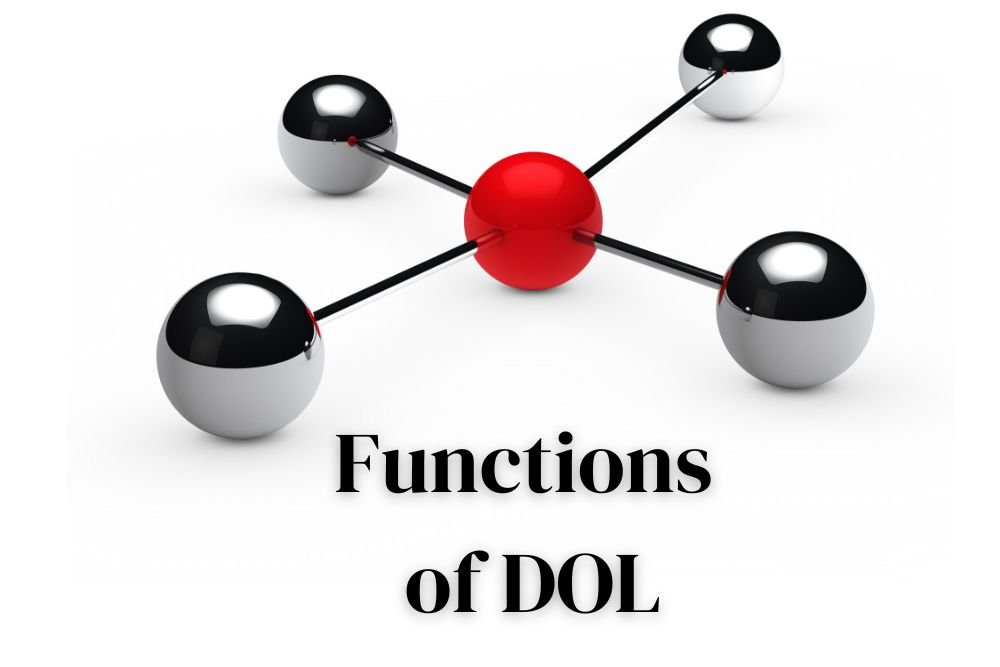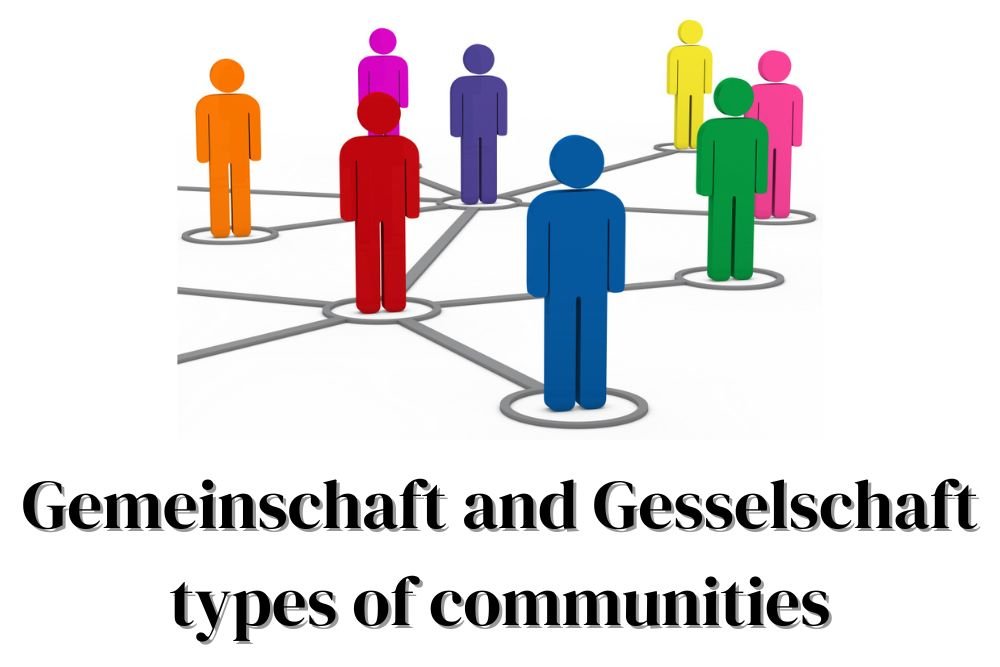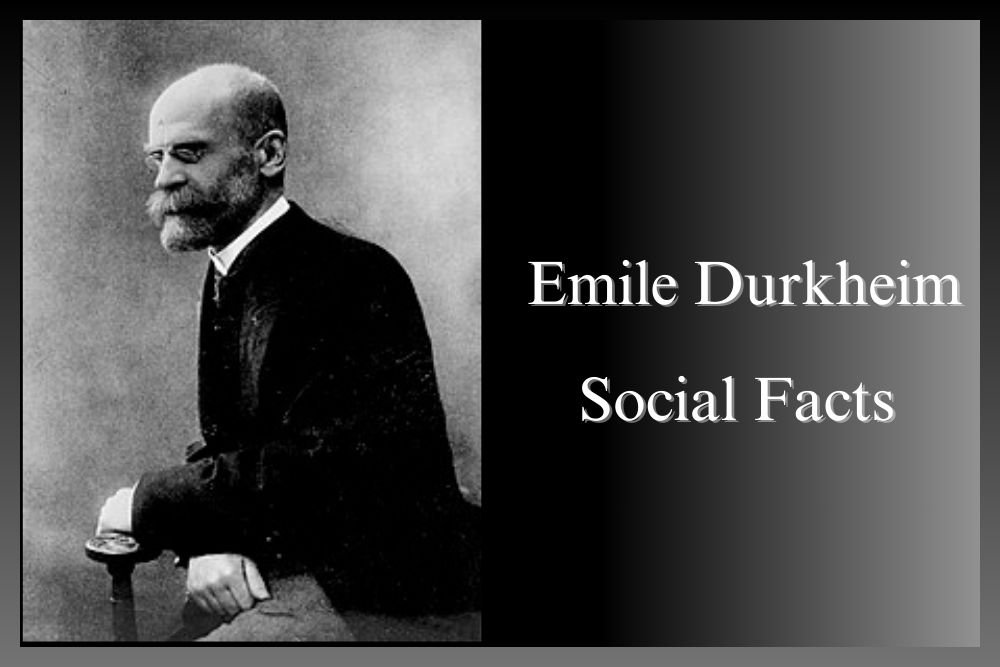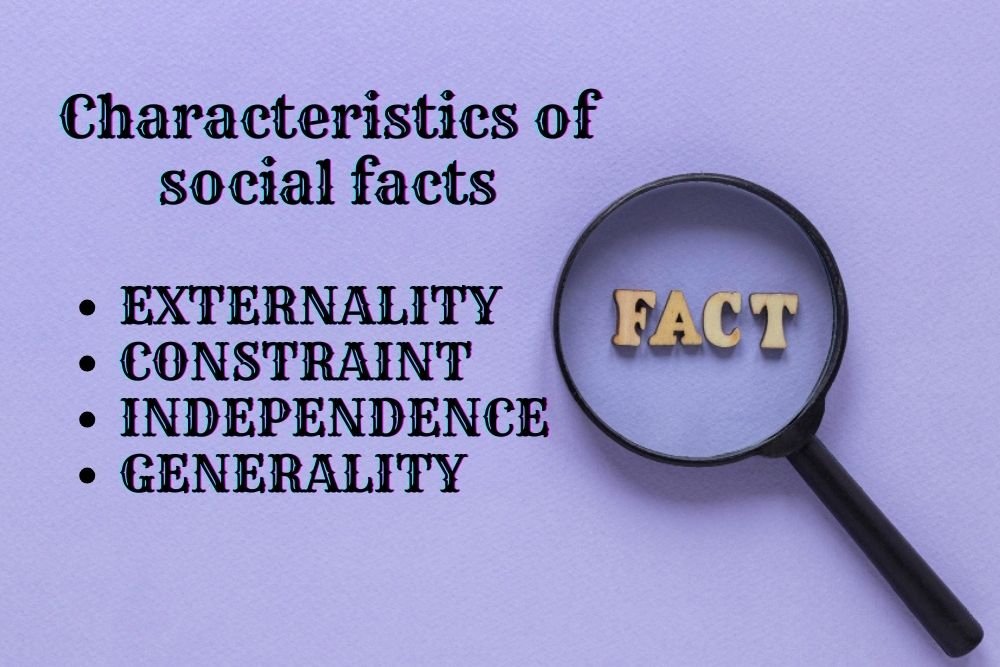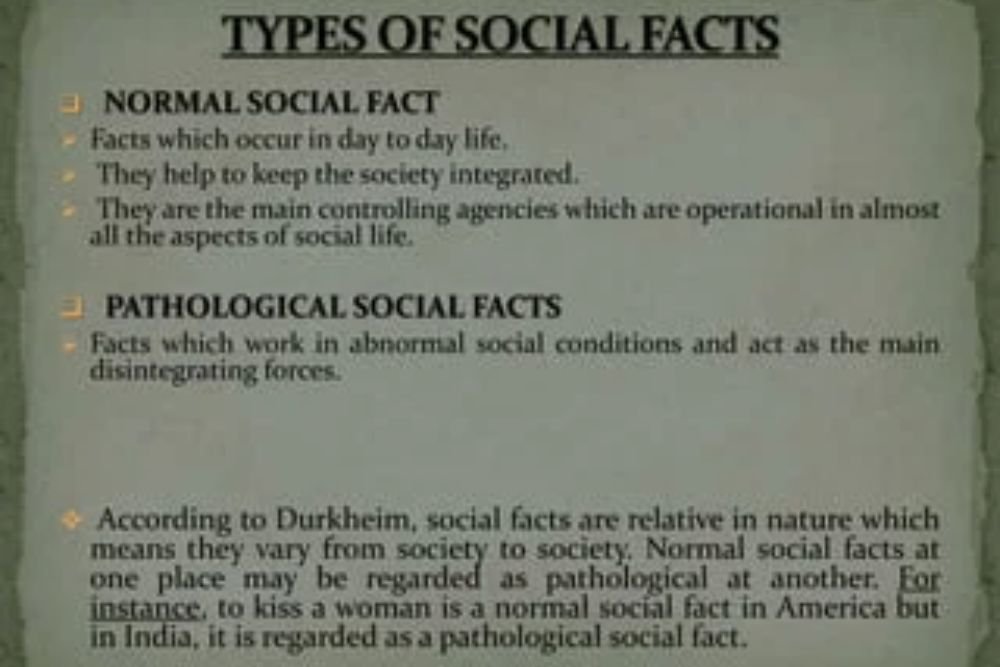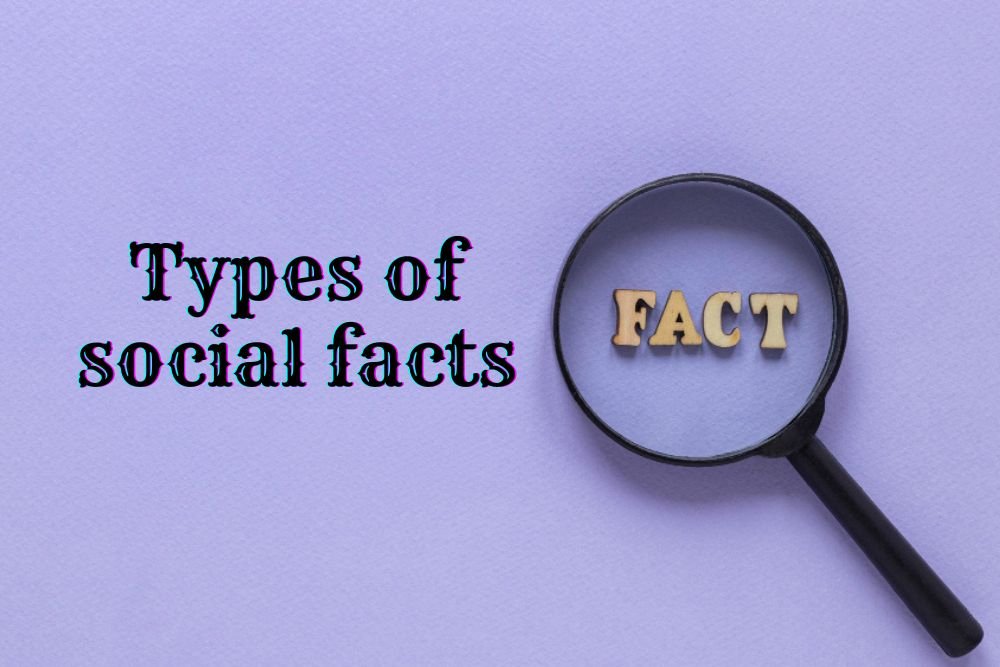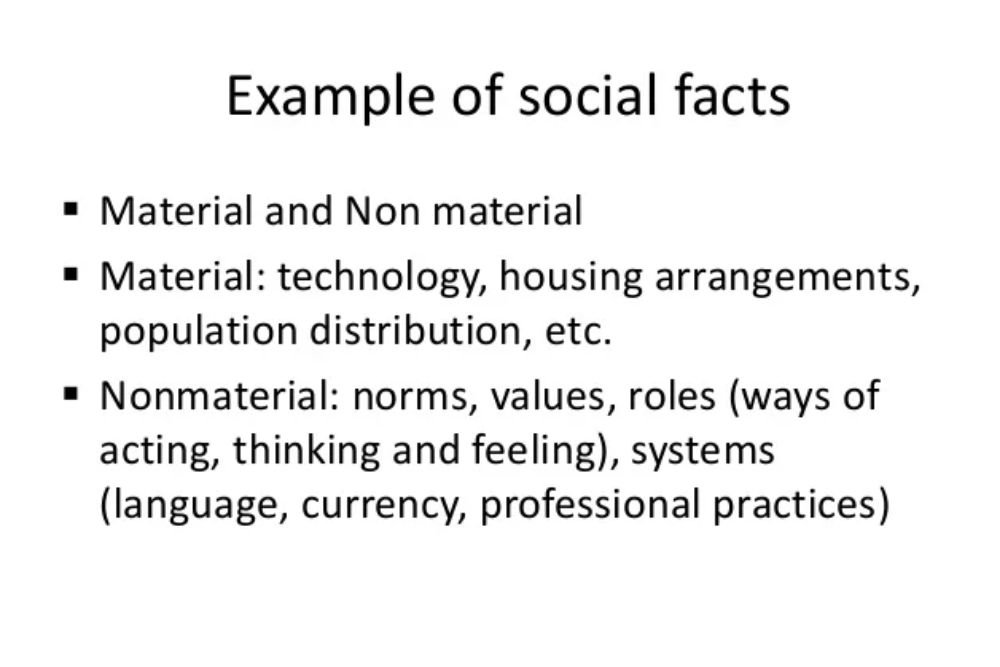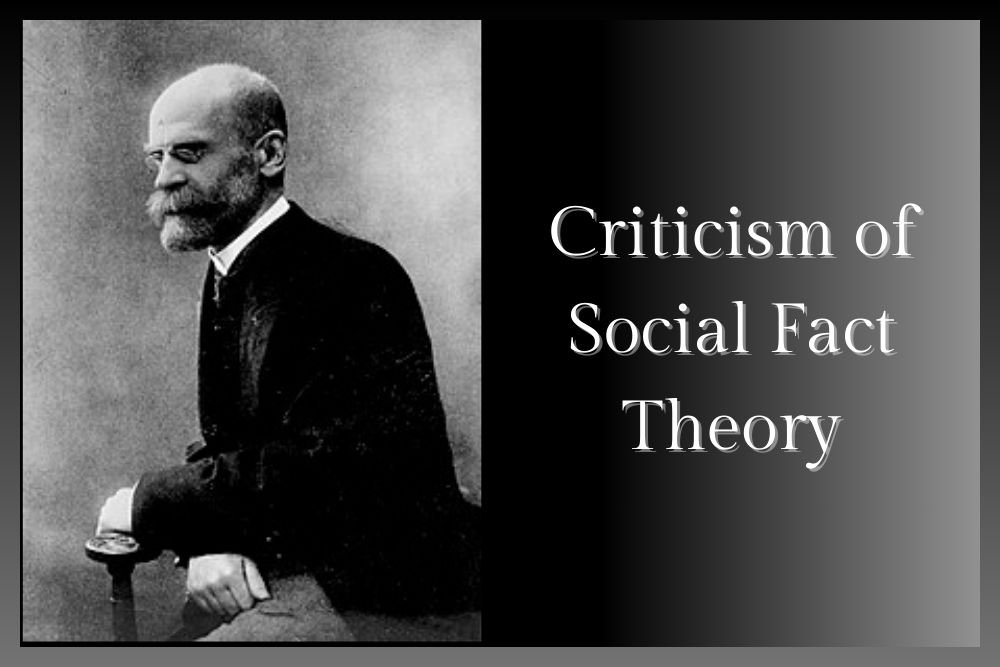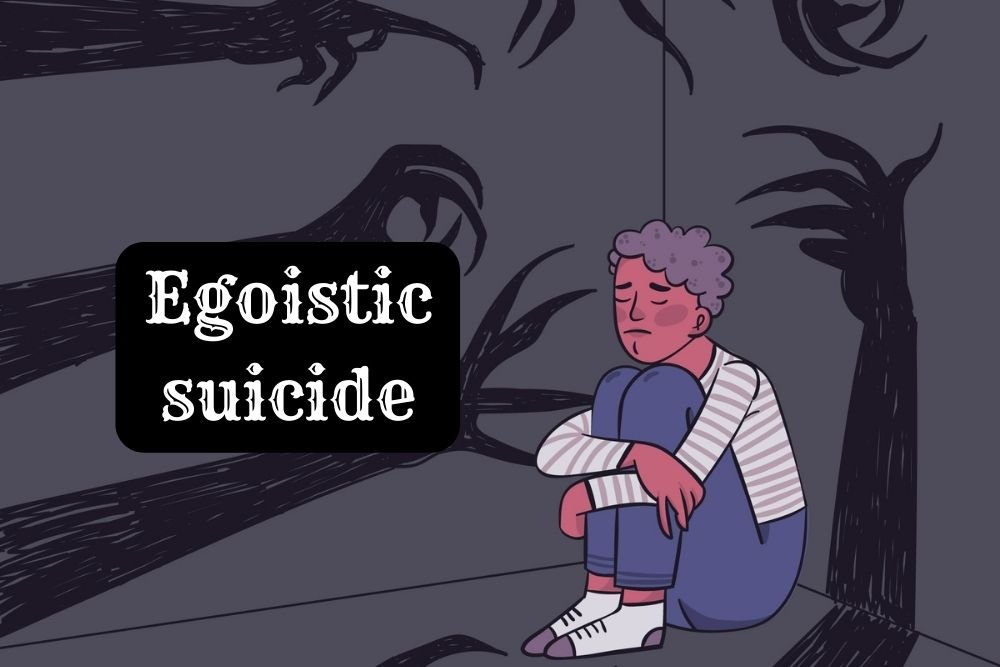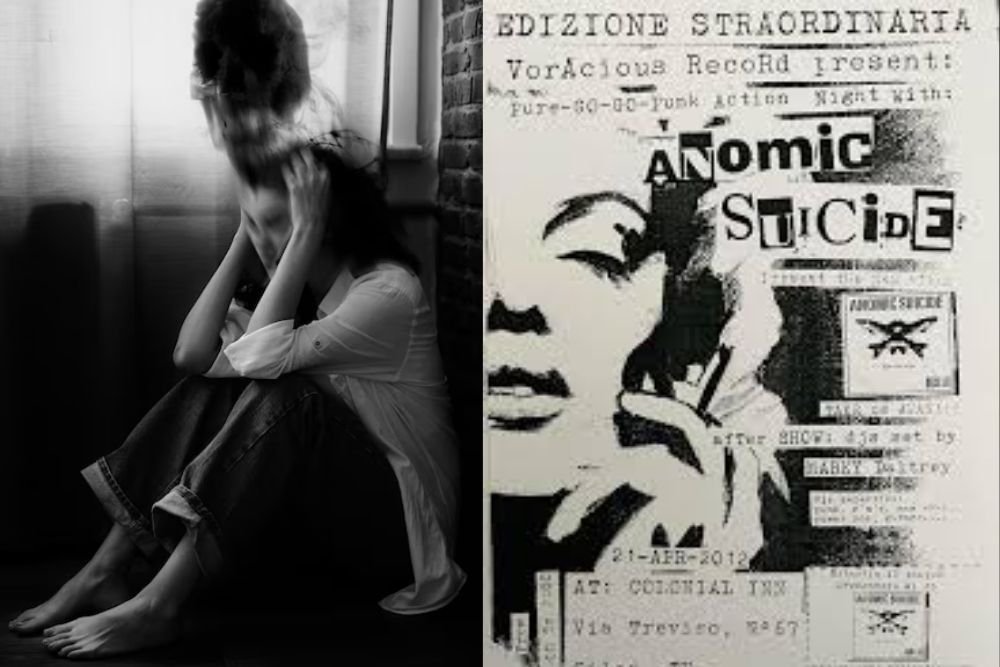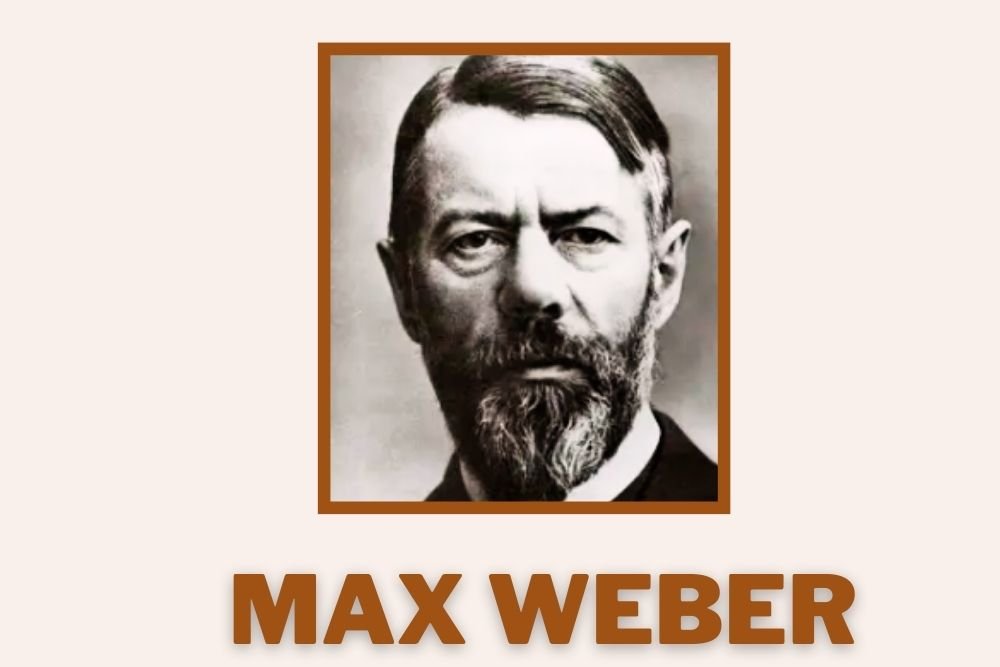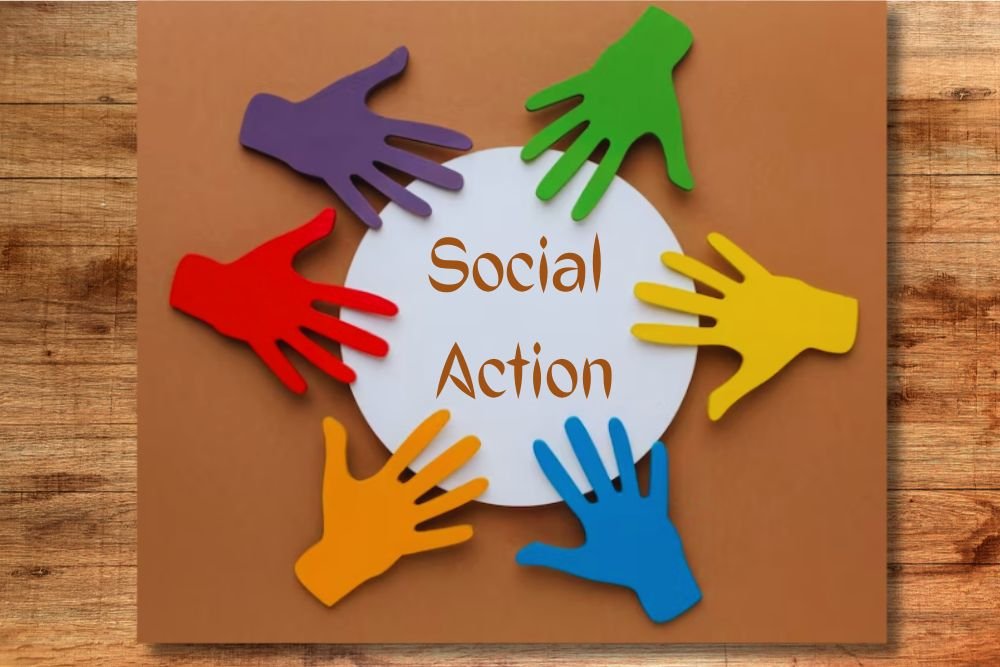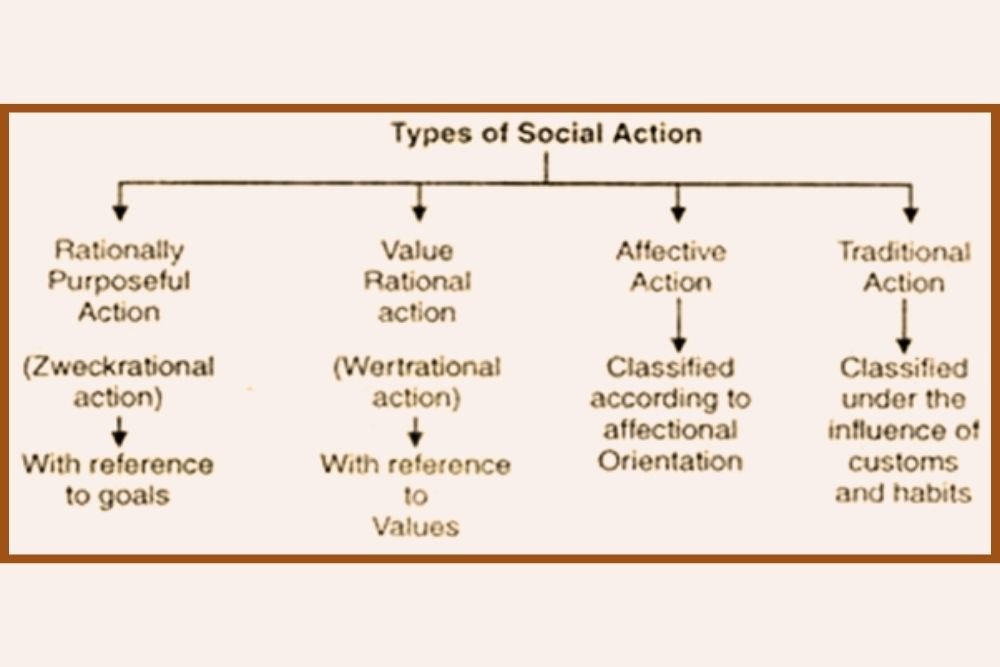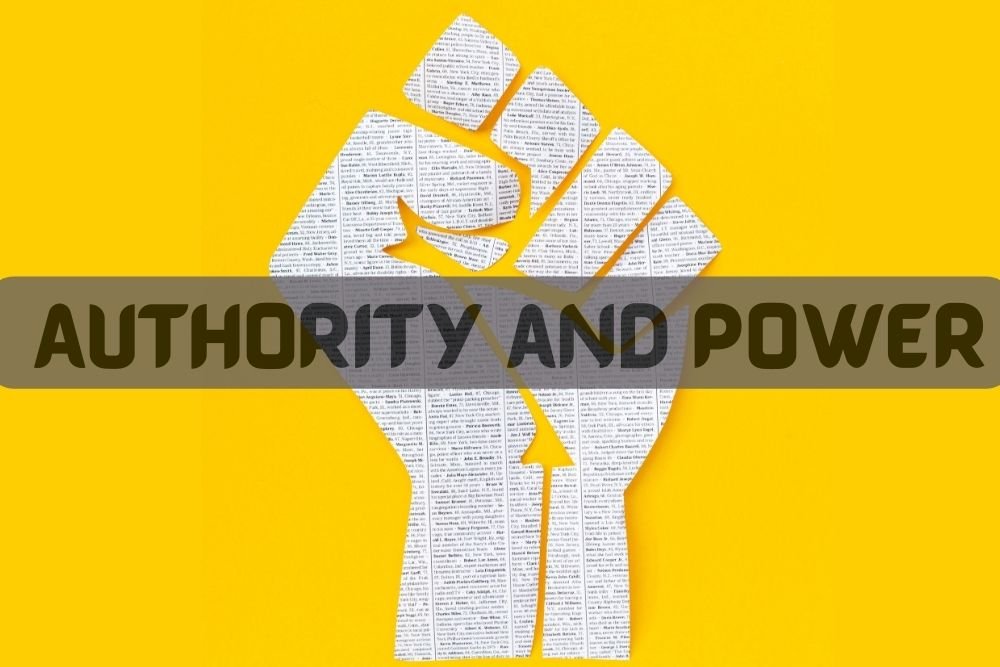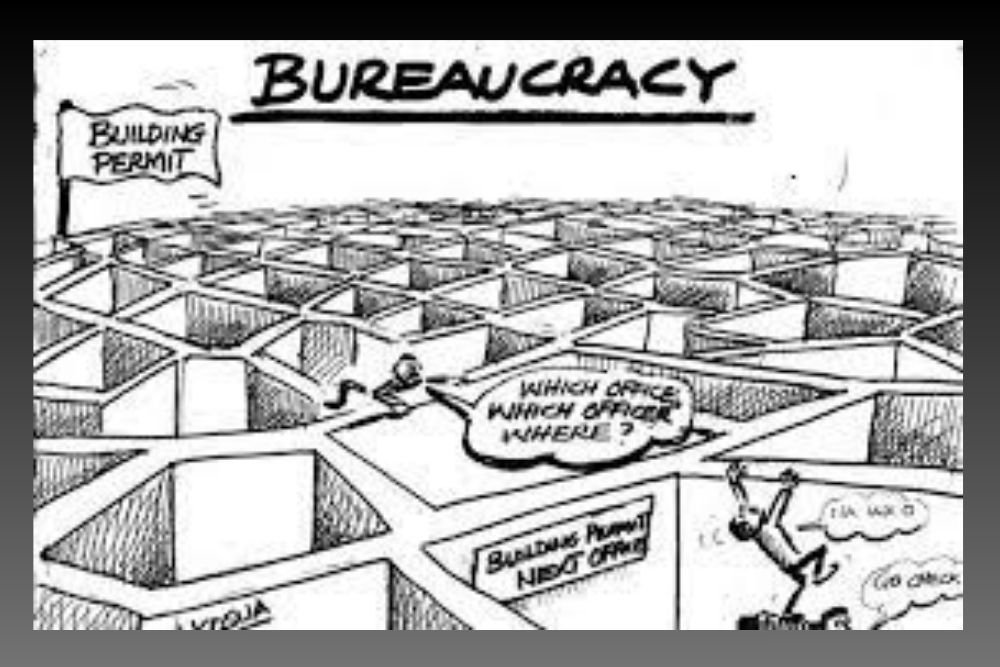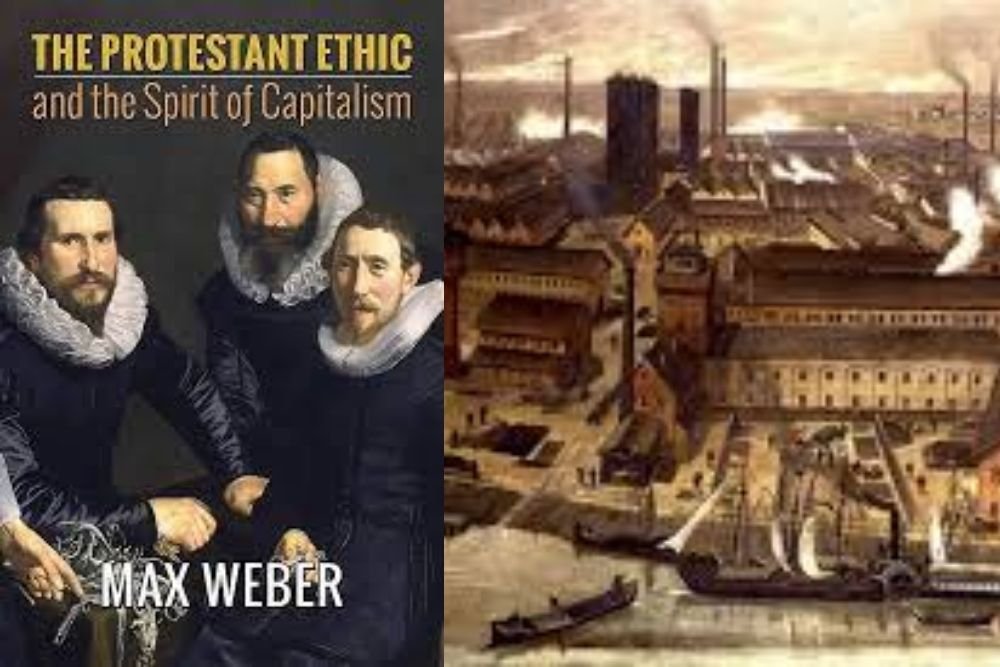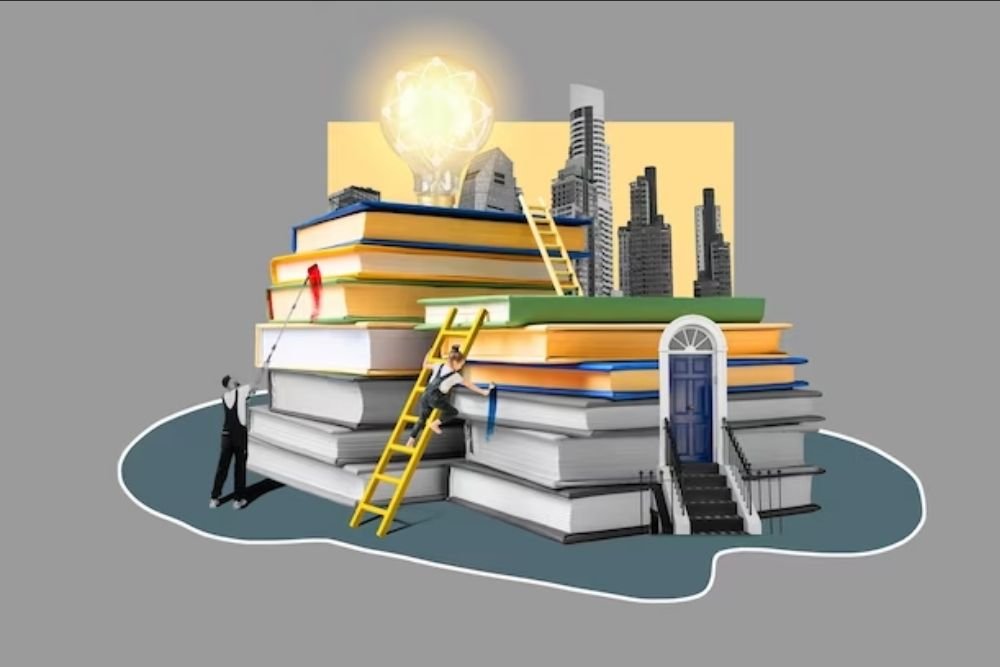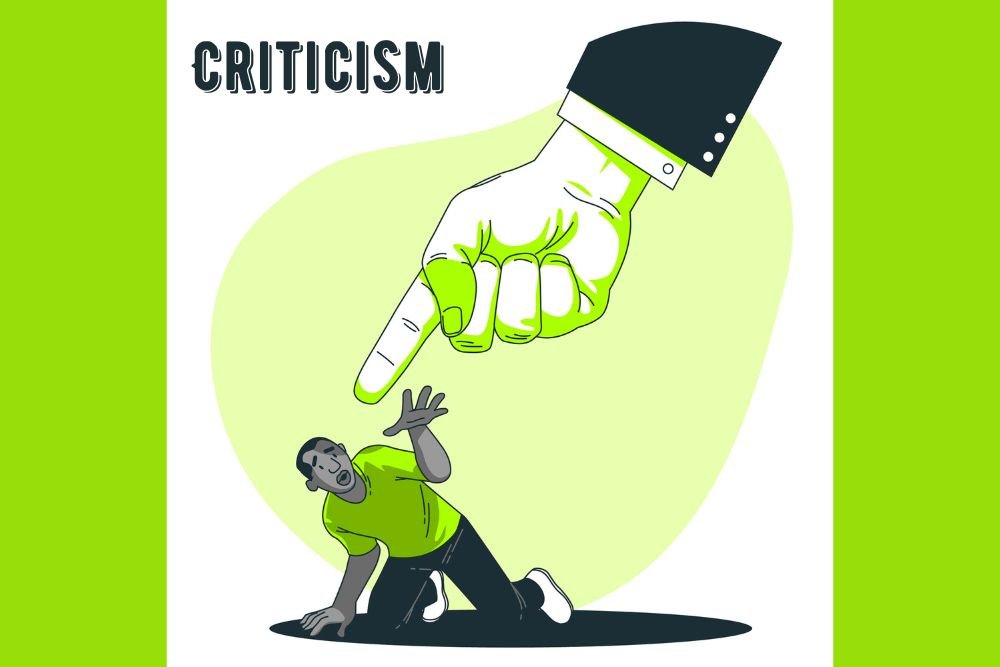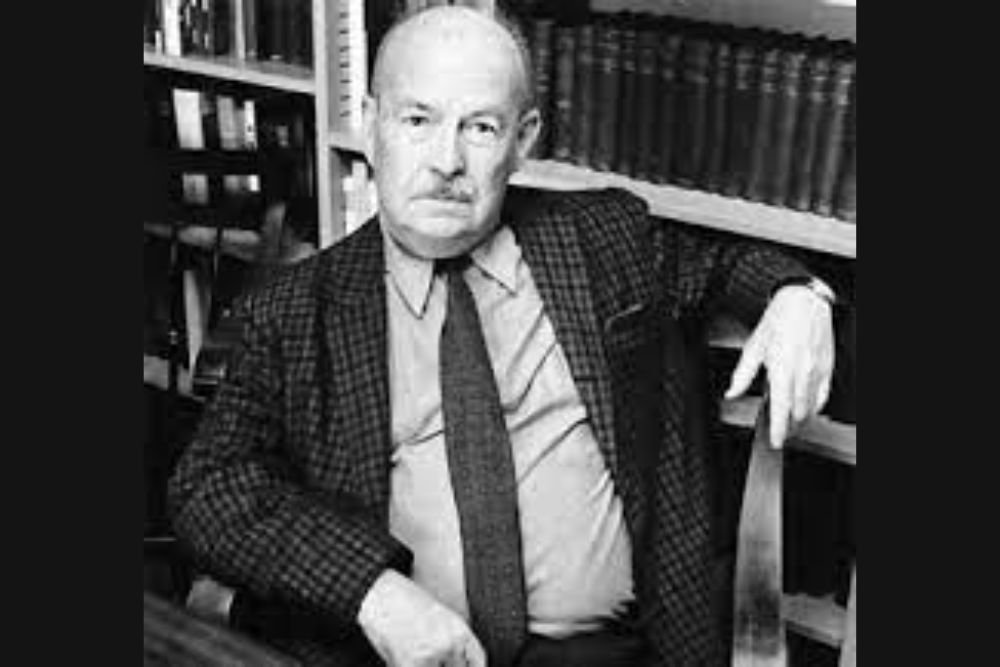
Durkheimian Perspectives on Societal Shifts
Emile Durkheim, a towering figure in the realm of sociology, although not a direct witness to the Renaissance, bequeaths us with a theoretical lens that proves invaluable in comprehending the seismic societal shifts of this era. The transition from medieval feudalism to a more urban and individualistic society, emblematic of the Renaissance, resonates with Durkheim's conceptual arsenal. The dichotomy between mechanical solidarity inherent in traditional societies and organic solidarity characterizing modern, diverse societies becomes a nuanced framework through which we can dissect the complex sociological nuances of this transformative period.
The Classical Revival and Weberian Insights
At the core of the Renaissance lies the rekindling of classical knowledge, often referred to as the " classical revival." The rediscovery of ancient Greek and Roman texts constitutes an intellectual renaissance that profoundly shaped societal norms and values. Max Weber's profound insights into the "Protestant Ethic" become instrumental in understanding how these rejuvenated classical ideas, particularly in the realm of work ethic, became a driving force for economic and social transformations during the Renaissance. The intricate interplay between religious beliefs, cultural values, and economic structures emerges as a fascinating terrain for sociological analysis, inviting scholars to delve into the complex web of influences that shaped Renaissance societies.
The Printing Press Revolution and Bourdieusian Cultural Capital
The dissemination of knowledge underwent a revolution with the advent of the printing press, a technological marvel that catalyzed a democratization of information. This innovation played a pivotal role in the rise of literacy rates, altering the dynamics of knowledge access and challenging existing power structures. Integrating Pierre Bourdieu's concept of cultural capital enriches our analysis, enabling us to explore how access to knowledge and education became not merely a means of acquiring information but a form of social distinction during the Renaissance. The possession of cultural capital emerged as a key determinant in the evolving social hierarchy, influencing power dynamics, social mobility, and the construction of individual and collective identities.
Economic Landscapes and Marxist Perspectives
Economic landscapes during the Renaissance witnessed the ascendance of the bourgeoisie and the merchant class. Applying the sociological lens of Karl Marx, specifically his theories on social class and capitalism provides a comprehensive framework for understanding the profound shifts in economic structures. The Renaissance, marked by the emergence of a new elite, becomes a case study in the application of Marx's perspectives on the relations of production and the intricate interplay between the economic base and the superstructure of society. Societal stratification, class dynamics, and the evolving nature of labor during this period became fertile ground for sociological inquiry, offering a nuanced exploration of economic systems and their implications on social structures.
Humanism Explored Through Cooley's Looking-Glass Self
Celebrated as a period of individualism and humanism, the Renaissance spotlighted the individual and their potential. "Charles Horton Cooley's" "concept of the" looking-glass self; serves as a valuable analytical tool, allowing us to delve into how individuals during the Renaissance constructed their self-concept through the perceptions of others. The valorization of individual agency and capabilities during this era laid the groundwork for the modern understanding of individual rights, autonomy, and the complex interplay between the self and society. It's in this intersection of individual aspirations and societal expectations that the essence of Renaissance humanism finds expression, offering a profound exploration of human nature and societal evolution.
In Conclusion: A Sociological Tapestry of the Renaissance
In conclusion, the Renaissance emerges not merely as a historical epoch but as a profound sociological phenomenon that continues to captivate the imagination of scholars and enthusiasts alike. Through the analytical lenses of Durkheim, Weber, Bourdieu, Marx, and Cooley, we navigate the intricate social dynamics that unfolded during this transformative era. The Renaissance, with its cultural, intellectual, and social metamorphosis, transcends temporal boundaries, echoing as a pivotal period that not only shaped its contemporary world but continues to reverberate in the currents of modernity. As we peer into the sociological kaleidoscope of the Renaissance, we discern a vibrant and multifaceted mosaic that continues to inspire scholarly inquiry, offering a treasure trove of insights into the complexities of human societies and their enduring quest for progress and self-discovery. This period becomes a living testament to the intricate dance between human agency and societal structures, inviting us to explore the timeless interplay of ideas, values, and institutions that shape the trajectory of human civilization.
